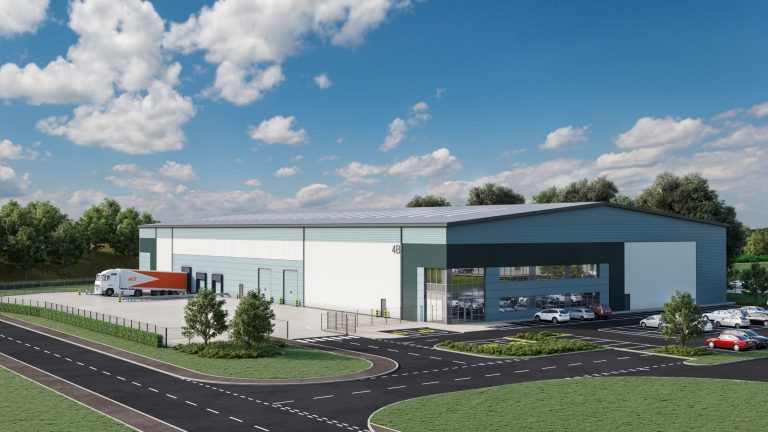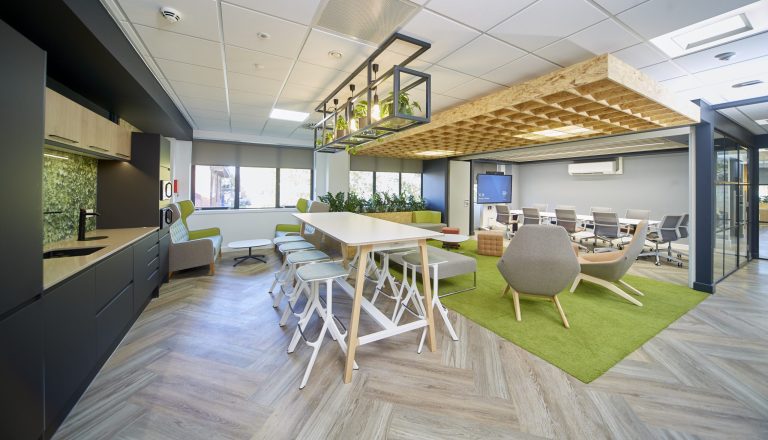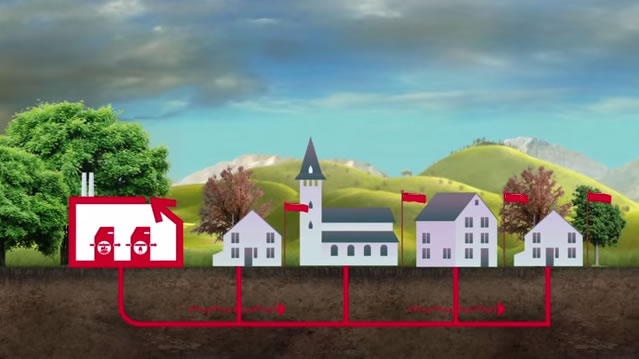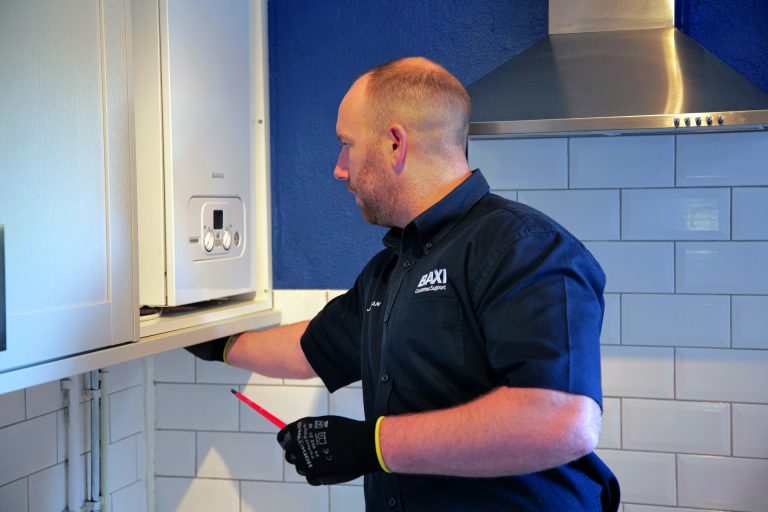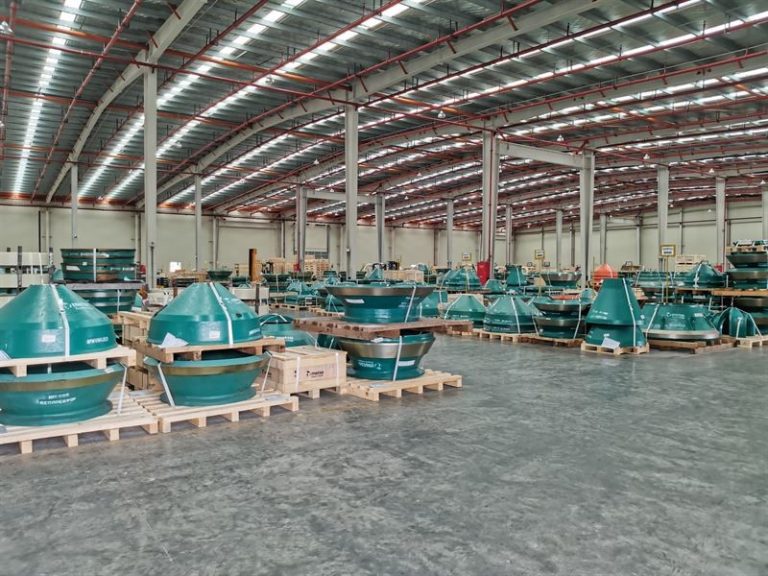Euramax provides sustainable solution to modular manufacturer Three million new homes must be built in England over the next 20 years to solve its housing crisis, a report by housing charity Shelter says. Companies manufacturing new-builds in factories possess the ability to speed up the delivery of high-quality, sustainable new housing across the UK. ilke Homes, who creates up to 2,000 new factory-built homes a year, turned to leading window and door manufacturer Euramax to provide energy-efficient windows and doors for its housing schemes. Modular construction is the method of manufacturing parts of a building, also known as modules, offsite in a controlled, factory environment. The modules are then transported to the construction site where they are assembled to form the final build. Based in Knaresborough, North Yorkshire, ilke Homes manufactures up to 2,000 modular homes every year for local authorities, housing associations, developers and private investors. Since 2017, the company has won multiple awards for its design and manufacturing technologies and can produce a home in just fifteen days, with four modules coming off the production line each day. ilke Homes’ goal is to deliver beautiful, precision-engineered homes with minimal environmental impact. The manufacturer has developed its own unique production process, which cuts waste by 90 per cent and saves residents up to 50 per cent in energy, with homes costing just £1-a-day to heat. To increase output while maintaining its energy-efficient status, ilke Homes needed to collaborate with like-minded suppliers. When searching for a windows and doors supplier that could deliver quality while improving the energy efficiency of its homes, it turned to Euramax. Modular benefits Modular methods of construction (MMC) offer many benefits when compared to traditional building methods. Modular builds can be completed up to 50 per cent faster, are 30 per cent cheaper to build, and produce 90 per cent less waste. The factory-controlled production environment eliminates factors that can often impede construction projects, such as disruption from weather conditions. Control also improves quality, and ilke Homes’ modules undergo stringent quality checks at various stages along the production line to ensure the completed components reach their assembly site without defects. To produce its homes to the highest quality and without delays, ilke Homes needed to work with a reliable window and door manufacturer that could seamlessly integrate into the production line. “We needed a partner that could understand our manufacturing processes and had the capacity to meet our production demands,” said Rachel Kaye, procurement manager at ilke Homes. “We were eager to source a local supplier to help keep our carbon footprint low. That’s when we discovered Euramax, which already supplied its windows and doors to offsite construction projects.” Tailor made In addition to delivering zero carbon homes, ilke Homes’ modular builds are fully customisable — right down to each fixture and fitting. “Euramax supplies unplasticized polyvinyl chloride (PVCu) windows and patio doors to seven of the nine house models we manufacture,” said Kaye. “While the window profiles are all similar, the final product we install always depends on customer requirements and house type. For instance, some of our schemes need acoustic or light reflecting glazing, whereas others require bespoke coloured window frames. “We pride ourselves on creating modern homes that merge effortlessly into local communities, so the windows and doors we install need to reflect this. As part of our ongoing partnership, Euramax supplies us with stylish products in classic white and Anthracite grey. They even sourced a specific grey frame colour for us, called Moondust.” The windows and doors do not only need to look good; they must also meet stringent safety and quality measures. “In our first year of working with ilke Homes, Euramax has supplied windows and doors for twelve of its housing schemes — each with different requirements,” said Richard Banks, commercial director at Euramax. “Safety is a critical factor, and our technical team works to meet the safety requirements for modular homes, which include ensuring each habitable room has a fire escape. We also make certain that all window sizes and apertures, whether a top hung or drop window, remain the same.” Euramax products are certified by the official national police security initiative, Secured by Design (SBD). The initiative tests and certifies products to a set of security, design and manufacturing standards to make sure the windows and doors installed into ilke Homes’ builds are safe and secure. Time to deliver In addition to supplying safe, customisable and quality products, Euramax also ensures its delivery process reflects ilke Homes’ requirements for quality control and carbon reduction. “Euramax delivers all its products in stillages, which has numerous advantages for ilke Homes,” explained Kaye. “Firstly, the stillages protect the products during transportation, minimising the risk of damage. The stillages also eliminate unnecessary plastic waste, reducing our environmental impact.” As the deliveries come in one large order, transportation can be kept to a minimum — further reducing the carbon footprint of the production process. Maintaining a low carbon footprint isn’t only important for ilke Homes, it’s also a priority for those that will be living in the finished homes, and for the wider construction industry. Currently, the construction industry is responsible for 40 percent of the UK’s total carbon emissions, according to the UK Green Building Council (UKGBC). Furthermore, the Committee on Climate Change estimates that home heating systems are responsible for 20 per cent of greenhouse gas emissions in the UK — a problem that has been created due to poorly-designed windows and doors that allow heat to escape. Euramax manufactures double glazed windows and doors that are rated ‘A’ for high energy efficiency by The British Fenestration Ratings Council (BFRC). The BFRC rates the efficiency of fenestration products on a scale of A to G, with A identified as the most energy efficient. “Installing certified energy efficient products is vital for ilke Homes as it allows us to produce homes that contribute to the reduction of emissions the built environment produces,” added Kaye. “While modular construction has a lower
